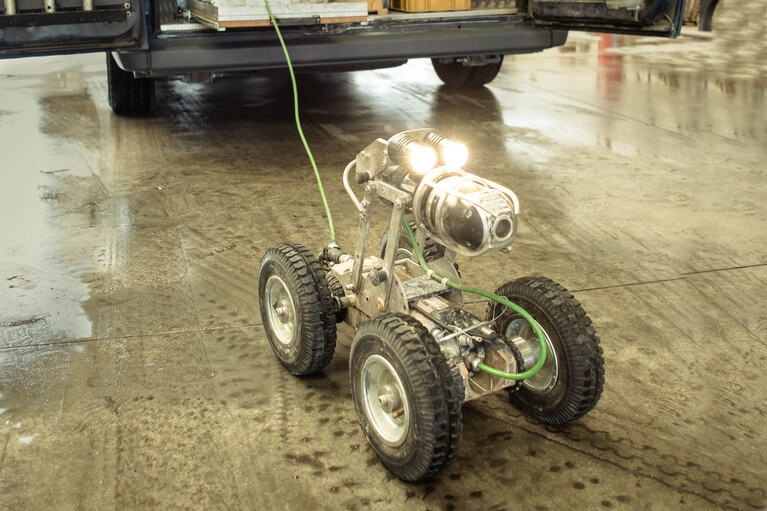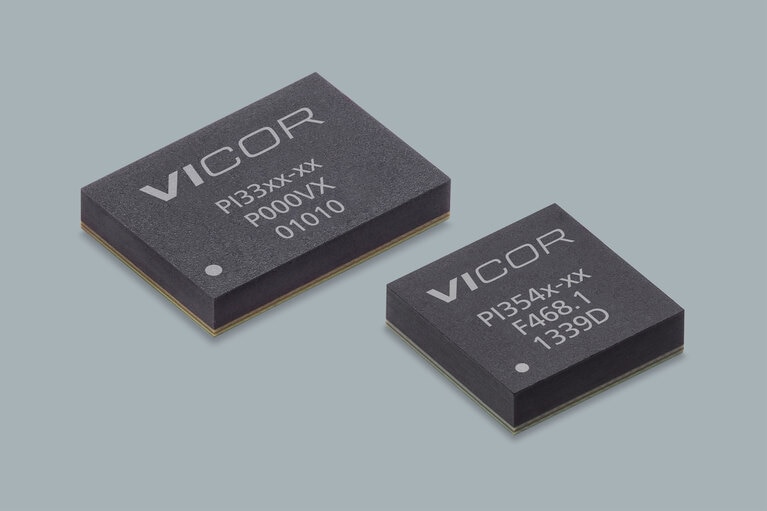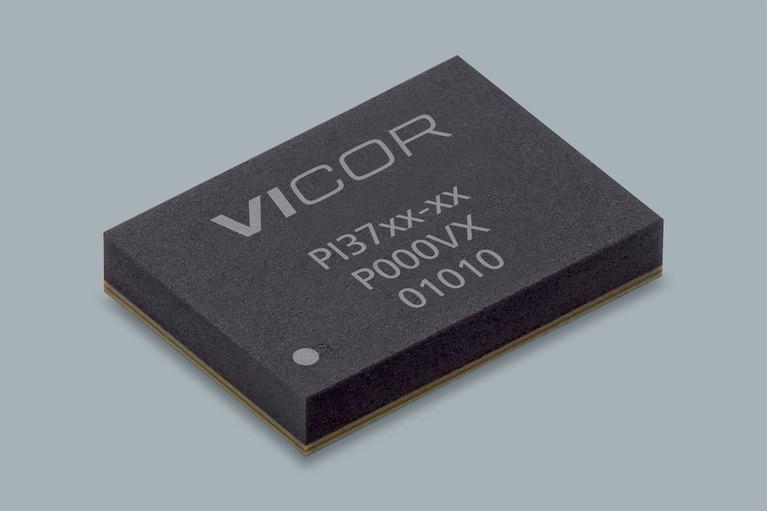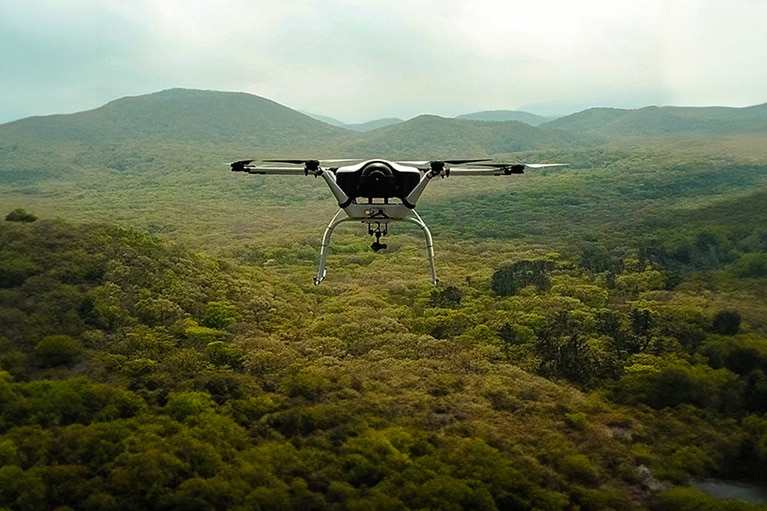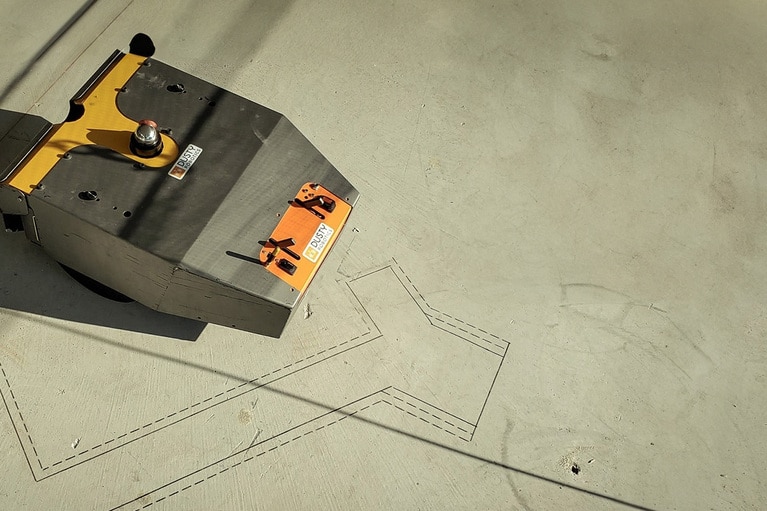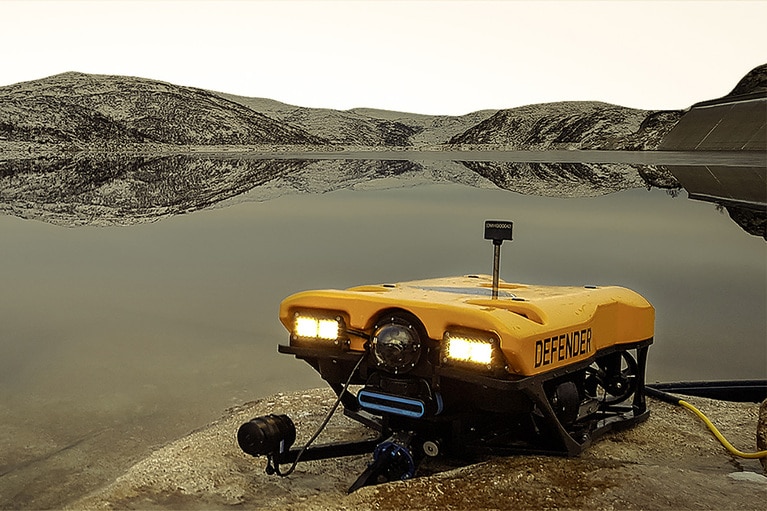
VideoRay drives safe, effective underwater exploration leveraging AI and today’s newest technologies
Vicor Powering Innovation podcast discusses the proliferation of ROV applications and how VideoRay is responding to new underwater missions
Robotics solutions and case studies
Case study: Sewer inspection robot
Improved sensors, autonomy, mobility and AI (allowing deep learning) is enabling inspection robots to replace humans, especially in hazardous or confined areas like inside pipelines or in storage tanks. Manufacturers are looking for smaller, more robust solutions with ever improved resolution, repeatability and operating range. This manufacturer of tethered sewer inspection robots was looking to improve the sensor resolution and quality of video images without increasing the size of the platform. The key goals were:
The 48V (SELV) supply to the tether was provided by a PFM AC-DC converter. On board the robot the three rails were provided by three individual regulators. Key benefits were:
The power delivery network: The 48V tether supply was provided by a PFM AC-DC converter. At the robot the low power 5V and 3.3V rails were provided by ZVS Buck regulators. The higher power 12V motor supply rail was provided by an array of three ZVS Buck-Boost converters that compensated for large voltage drops in the 600m tether. To analyze this power chain go to the Vicor Whiteboard online tool.

Inputs: 12V (8 – 18V), 24V (8 – 42V), 48V (30 – 60V)
Output: 2.2 – 16V
Current: Up to 22A
Peak efficiency: Up to 98%
As small as 10.0 x 10.0 x 2.56mm
Input: 8 – 60V
Output: 10 – 54V
Power: Up to 150W continuous
Efficiency: Over 98%
10.5 x 14.5 x 3.05mm
VideoRay drives safe, effective underwater exploration leveraging AI and today’s newest technologies
Vicor Powering Innovation podcast discusses the proliferation of ROV applications and how VideoRay is responding to new underwater missions
The future of long-haul trucking is accelerating autonomously on a freeway near you
Kodiak autonomous technology revolutionizes long-haul trucking. Learn more about Vicor power modules that drive mission critical ‘seeing’ sensors
Next generation hydrogen powered drones are doing search and rescue, saving lives
Doosan Mobility’s life-saving drones using hydrogen fuel cells and high-density power modules, enabling 5x longer flight time than lithium ion batteries
From toys to construction site tools, OLogic brings robotic ideas to life
OLogic extols high-density power modules to drive today’s robotic revolution
